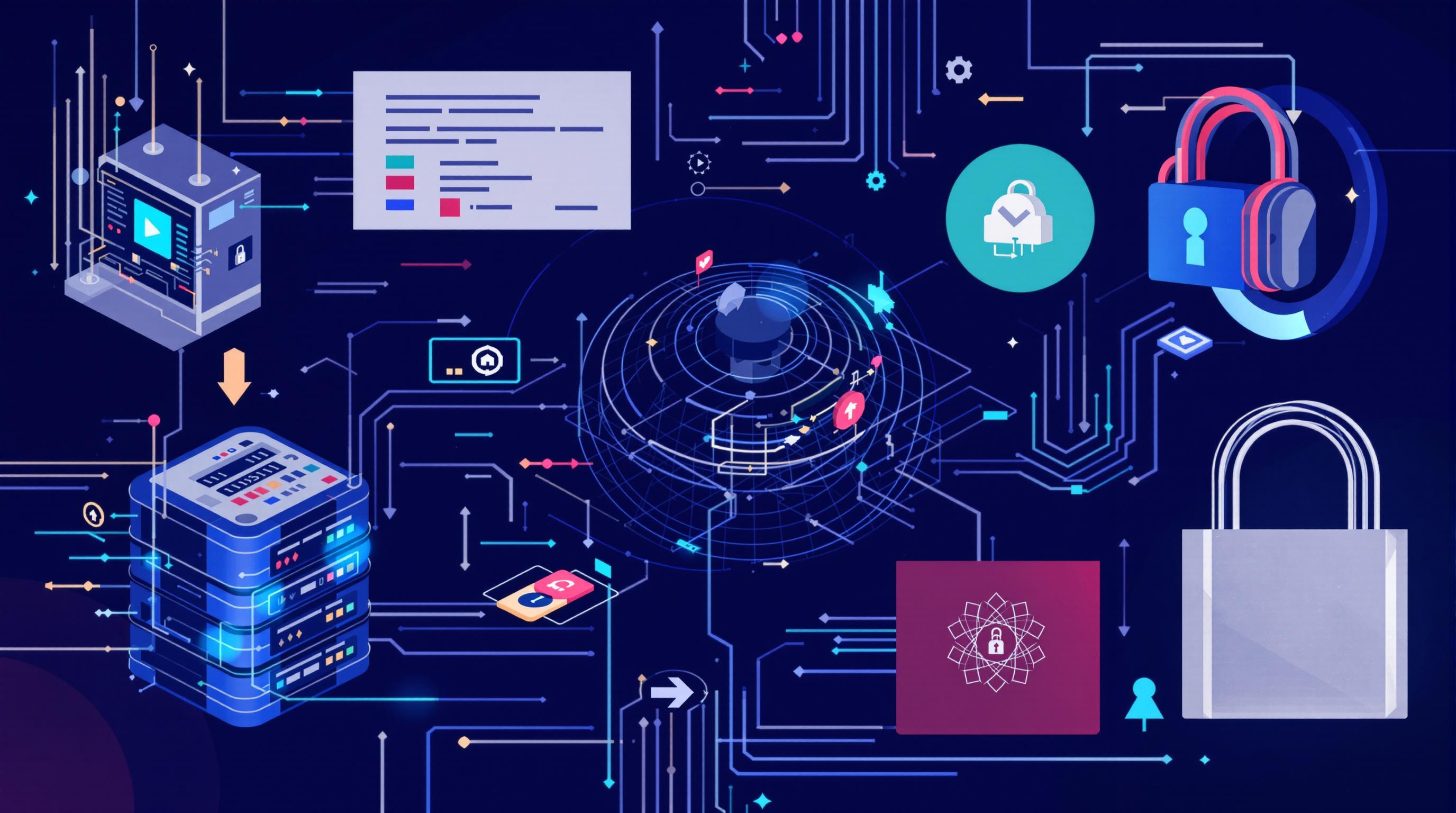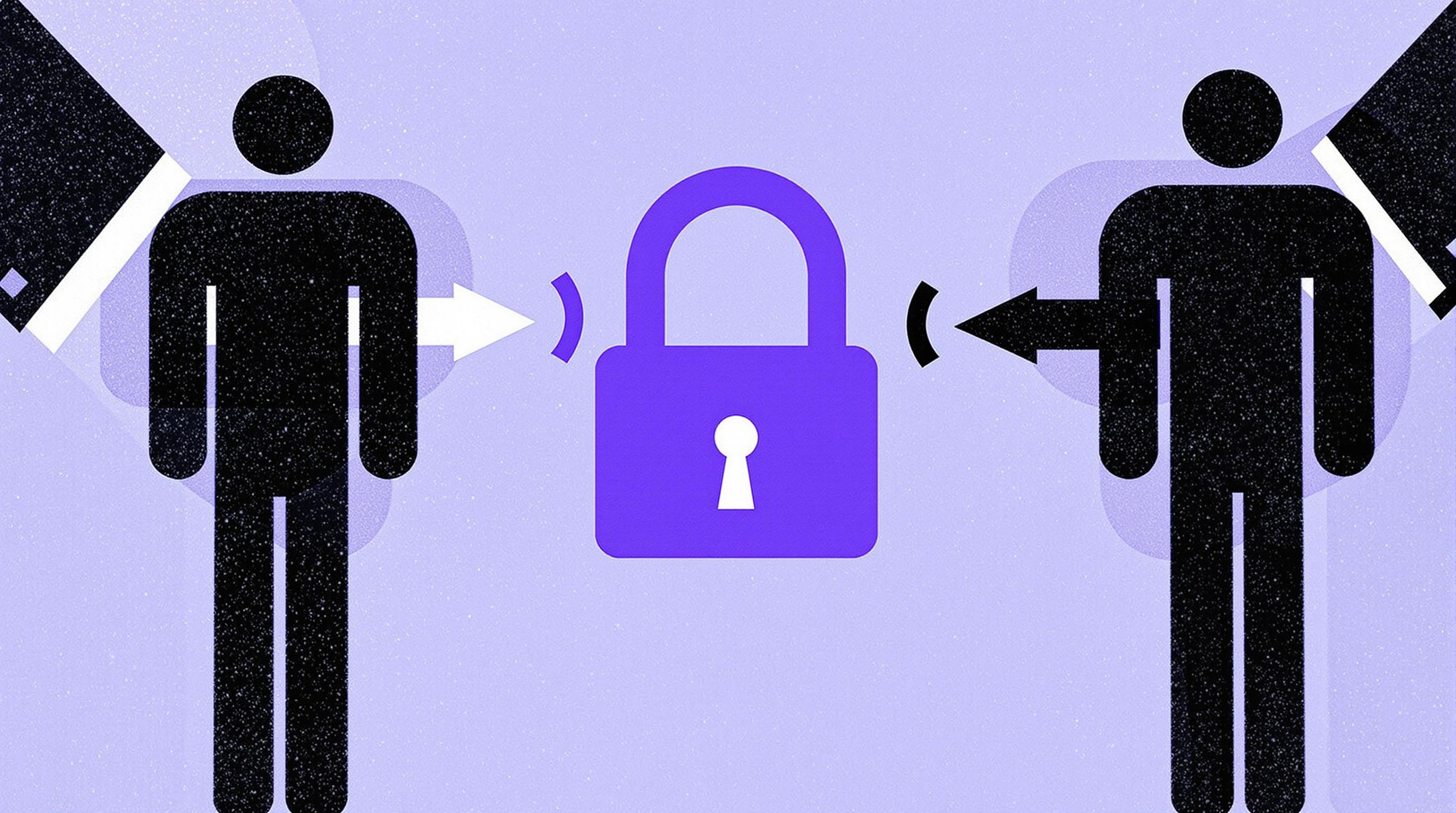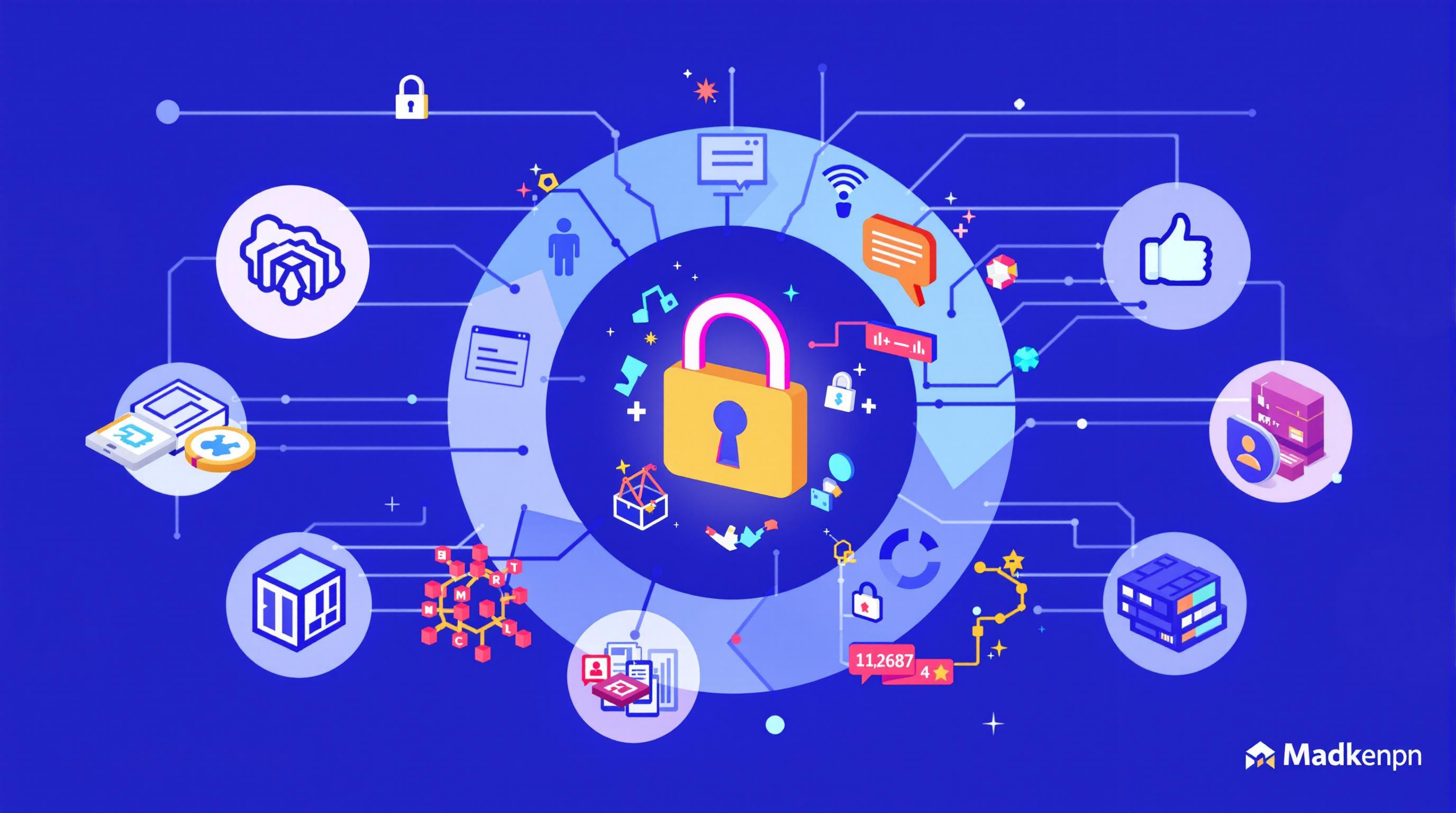Related Articles
- Unveiling the Silent Effects of Malware Residue on IoT Devices and What It Means for Your Connected Home Security
- Top 6 Game-Changing Email Security Suites Released Since 2019 That Actually Stop Cyber Trickery
- The Hidden Impact of AI-Driven Voice Assistants on Your Device’s Safety: Risks Nobody Talks About
- Top 6 Stealth Encryption Products Redefining Data Privacy You Haven’t Heard About Since 2019
- Exploring the Influence of Wi-Fi Radiation on Human Sleep Patterns and Cognitive Health in Modern Living
- Top 8 Stealth Malware Cleaners from the Past 5 Years That Outsmart Evasive Threats
8 Surprising Impacts of Data Encryption on Everyday Tech You Never Knew Needed Protection
8 Surprising Impacts of Data Encryption on Everyday Tech You Never Knew Needed Protection
8 Surprising Impacts of Data Encryption on Everyday Tech You Never Knew Needed Protection
1. Protecting Smart Home Devices
Smart home devices—like thermostats, security cameras, and voice assistants—collect vast amounts of personal data. Encryption ensures that this data remains confidential and inaccessible to hackers. Without encryption, someone could intercept signals and potentially gain control over these devices.
Many people assume their smart devices just need a strong password, but encryption adds an essential extra layer of security by scrambling the data transmitted between devices and the cloud. This prevents attackers from eavesdropping or manipulating commands sent to smart home gadgets.
For example, encryption protocols like TLS (Transport Layer Security) protect communication between your smart thermostat and the manufacturer's server, preventing unauthorized data interception. Thus, encryption plays a silent but critical role in safeguarding daily comfort and privacy.
2. Securing Wearable Technology
Wearables such as fitness trackers and smartwatches collect sensitive health information, including heart rate and sleep patterns. If these data streams were unencrypted, malicious parties could misuse personal health information.
Encryption helps secure data transmitted from your wearable to your smartphone or the cloud service. This keeps sensitive personal health data safe from hackers who might exploit it for identity theft or insurance discrimination.
Furthermore, encrypted storage on the device itself ensures that if the wearable is lost or stolen, the data remains protected and unreadable without proper authentication. Reliable encryption standards thus safeguard your health data daily.
3. Enhancing Email Privacy
Email remains one of the most widely used communication tools, but it’s also vulnerable to interception. Encryption technologies such as PGP (Pretty Good Privacy) or S/MIME (Secure/Multipurpose Internet Mail Extensions) protect emails from unauthorized reading.
Encrypted emails scramble content so only intended recipients with the correct private key can decode the message. This is especially important for sensitive communications involving personal, financial, or business information.
Without such encryption, email content could easily be intercepted over insecure networks like public Wi-Fi. Encryption restores trust in emails by ensuring that messages remain private and secure.
4. Safeguarding Messaging Apps
Encrypted messaging apps like WhatsApp, Signal, and iMessage use end-to-end encryption to prevent anyone but the communicating users from accessing messages. This means even the service providers cannot read user conversations.
Such encryption is crucial in protecting everyday conversations from surveillance, hackers, or data leaks. It empowers users with real privacy and control over their communications.
This technology has shifted public expectations regarding online privacy, making encrypted messaging a standard feature many users now take for granted.
5. Protecting Online Banking
Every time you log into your internet banking account, data encryption is at work protecting your financial information. SSL/TLS encrypts data exchanged between your browser and the bank’s servers.
This encryption makes sensitive details such as passwords, account numbers, and transaction information unreadable if intercepted by cybercriminals during transmission. It is a key defense against identity theft and fraud.
Without robust encryption, the financial sector would be vulnerable to widespread cyberattacks, affecting millions of users worldwide. The everyday convenience of online banking relies heavily on encryption’s unseen protection.
6. Protecting Cloud Storage
Cloud storage services like Dropbox or Google Drive encrypt user files to prevent unauthorized access. This is especially important given that cloud platforms hold vast quantities of personal and business data.
Data encryption ensures that even if a cloud server is compromised, the stolen data remains unintelligible without decryption keys. Users gain peace of mind knowing their backups and documents are secure.
The ability to access encrypted data remotely enhances productivity without sacrificing security—an essential feature in the era of remote work and digital collaboration.
7. Securing Streaming Services
Streaming services like Netflix and Spotify use digital rights management (DRM) which relies on encryption to protect copyrighted content. This prevents unauthorized copying or redistribution of paid media.
Encryption isn’t just about privacy here; it safeguards the economic rights of content creators and distributors by controlling access to digital assets. It ensures only legitimate users can stream content under agreed terms.
By enforcing encryption on streams, services can effectively combat piracy and protect intellectual property, maintaining the viability of digital media distribution ecosystems.
8. Enabling Secure Online Shopping
When shopping online, encryption protocols like SSL secure payment information including credit card numbers and billing addresses. This prevents data theft during checkout processes.
Encrypted connections between browsers and e-commerce platforms foster consumer confidence by ensuring that private payment details cannot be intercepted by cybercriminals.
Without encryption, online commerce would be far riskier and less trustworthy, potentially stalling the growth of digital marketplaces. Everyday convenience in online shopping hinges on strong encryption technology.




